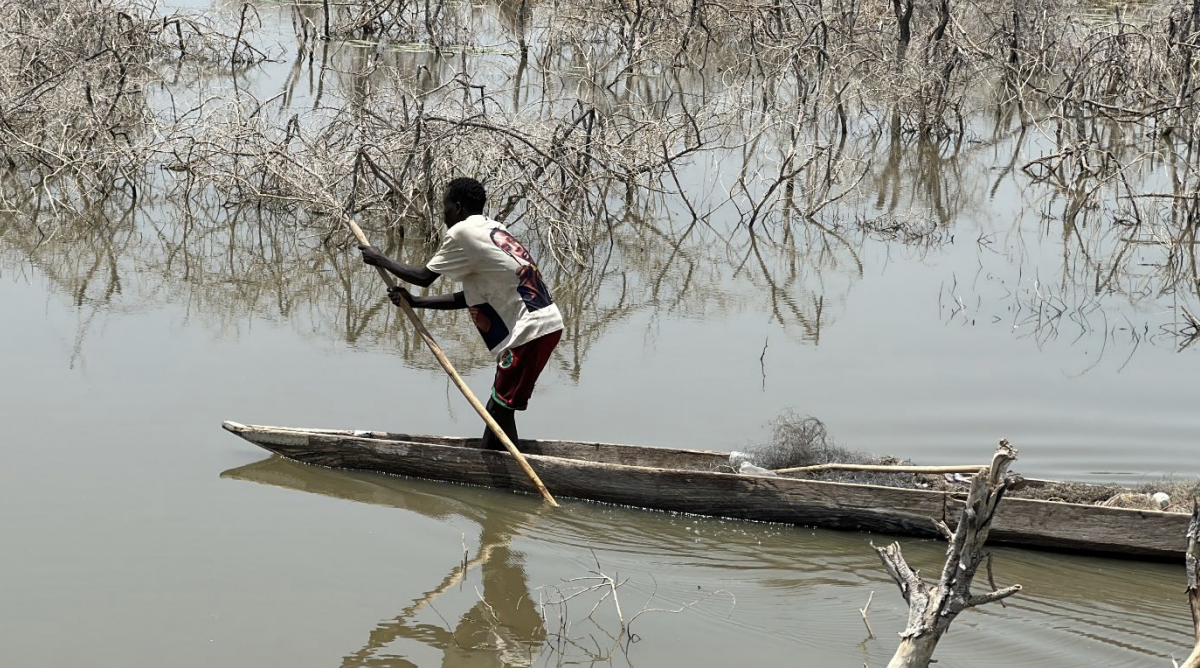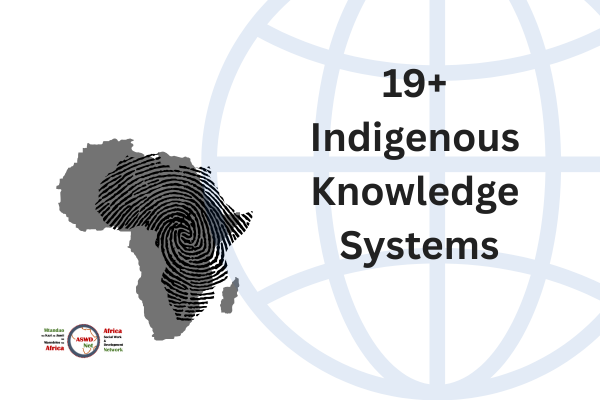
Nile floods: sample preparedness and response plan from South Sudan
Continuous heavy rains since May, combined with controlled water releases from Lake Victoria, significantly raised Nile River levels, affecting about 710,000 people (about 80 000 families) across 30 of South Sudan’s 78 counties and Abyei Administrative Area. The floods have devastated homes, destroyed crops, disrupted education and health services, and restricted access to essential facilities. Reports indicate rising malaria cases, respiratory tract infections, acute watery diarrhea, and snakebites. Flood-affected people were unable to tend to their lands and livestock, further aggravating their vulnerabilities (UNOCHA.ORG).
The South Sudan flood preparedness and response plan (2024) provides some insights into how the South Sudan government planned for this kind of emergence, and can provide lessons for development and social practitioners, students and researchers.
Use the form below to subscibe to Owia Bulletin.
Discover more from Africa Social Work & Development Network | Mtandao waKazi zaJamii naMaendeleo waAfrika
Subscribe to get the latest posts sent to your email.



